
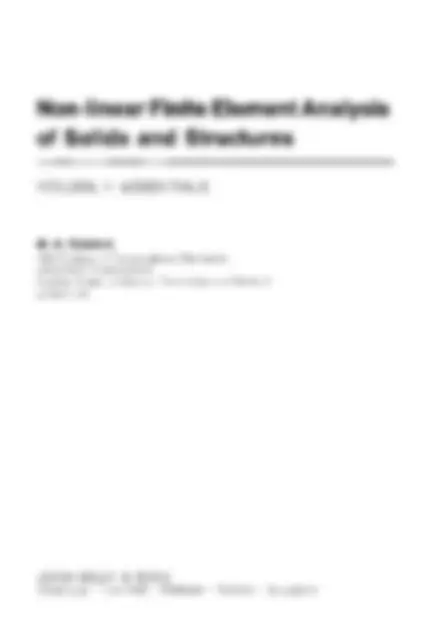
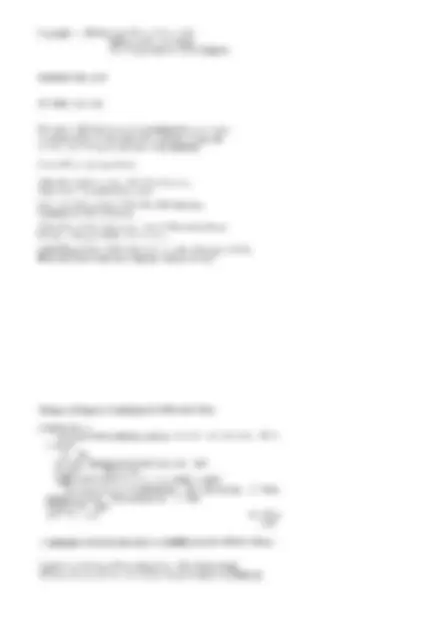
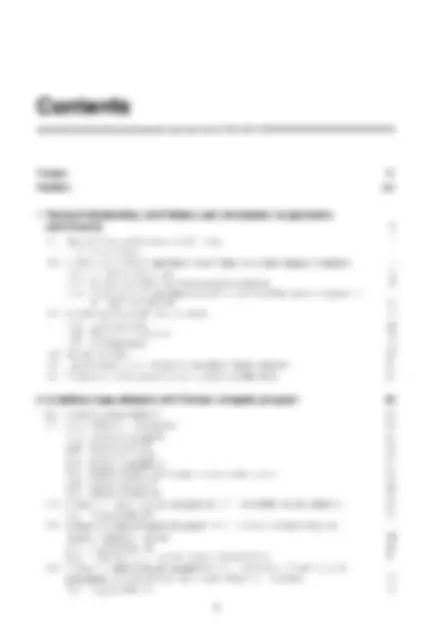
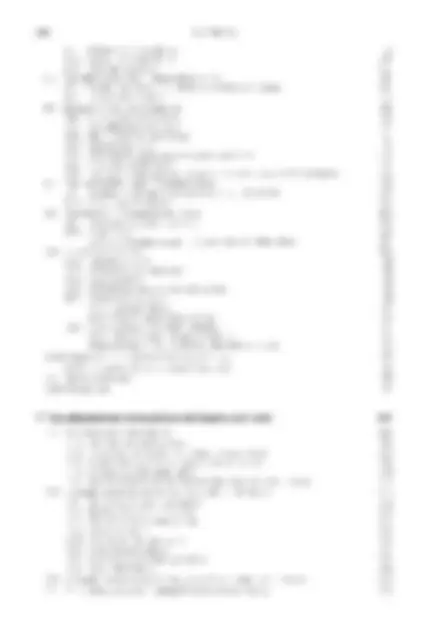

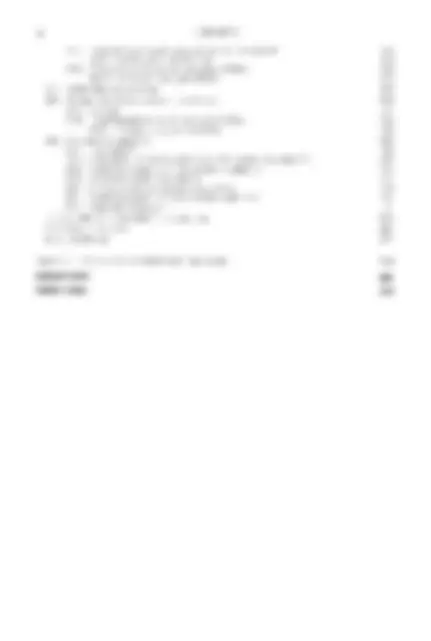
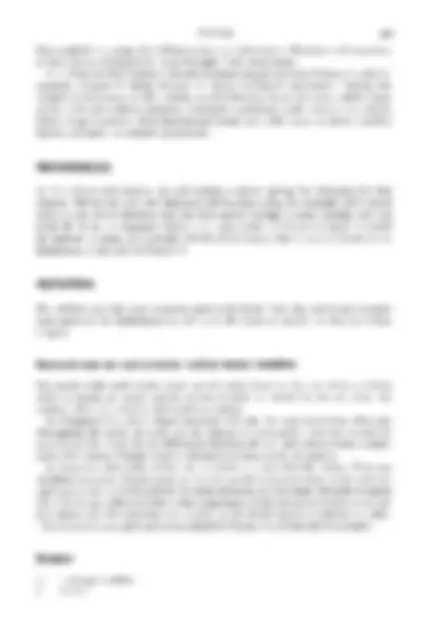
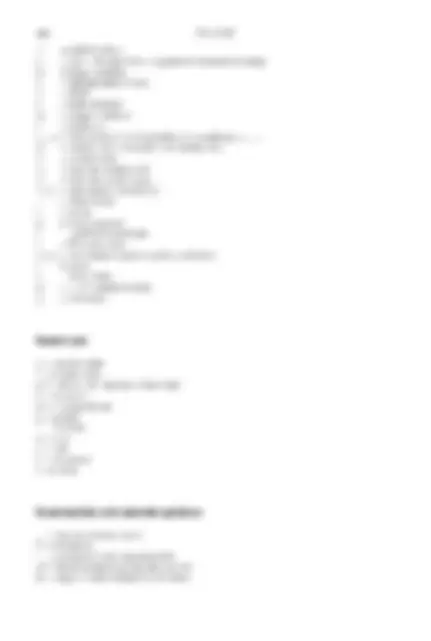
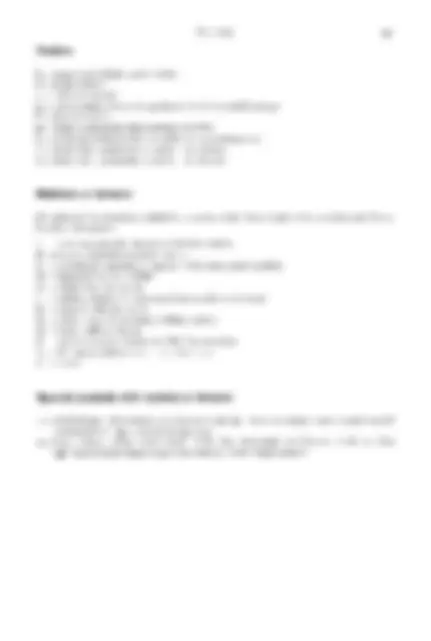
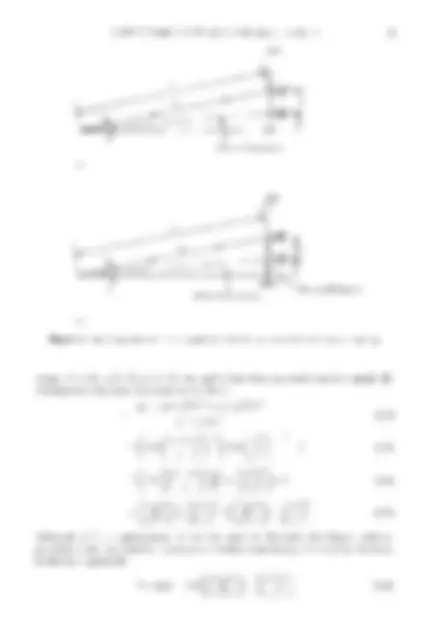
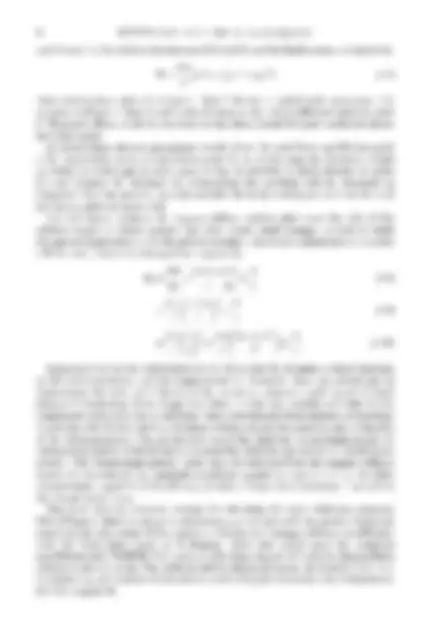
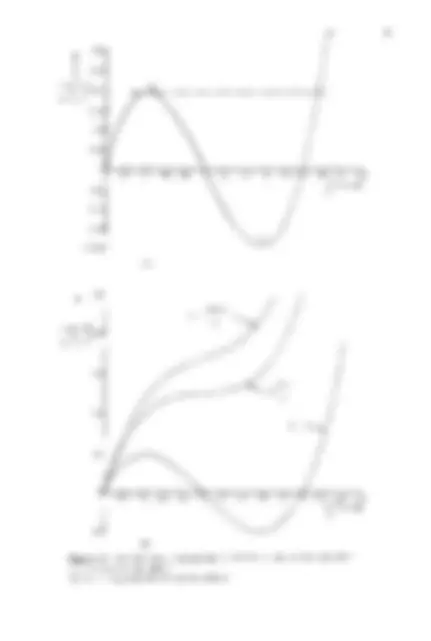
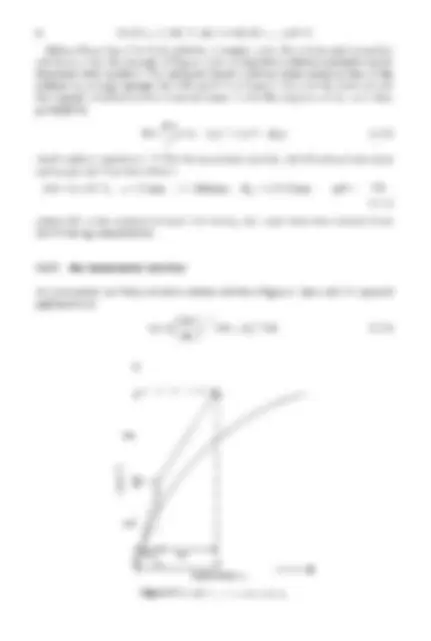
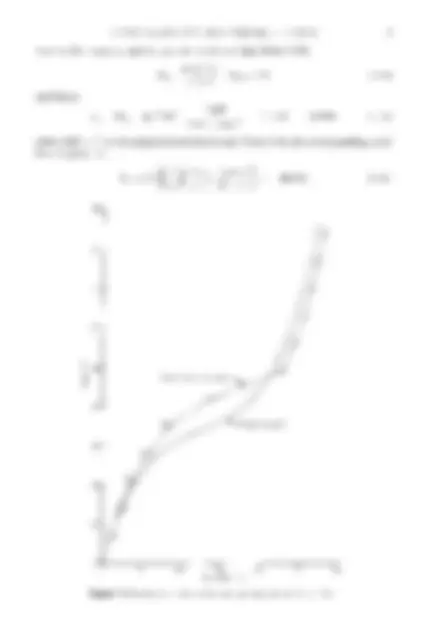
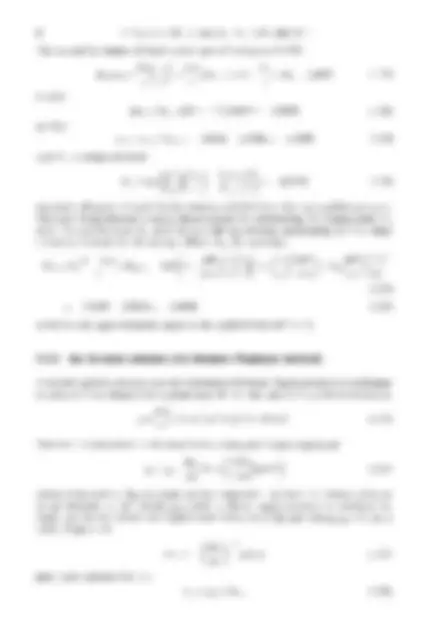
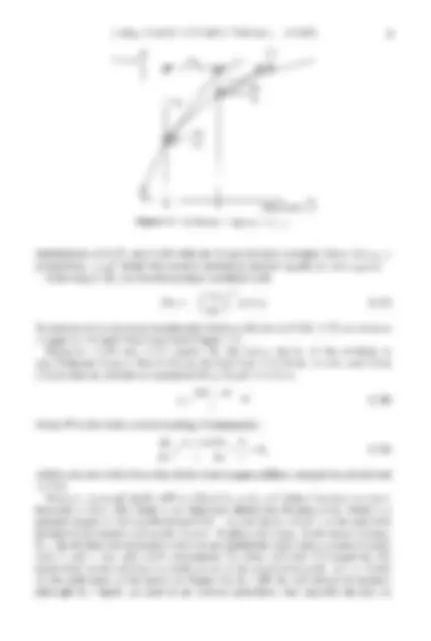
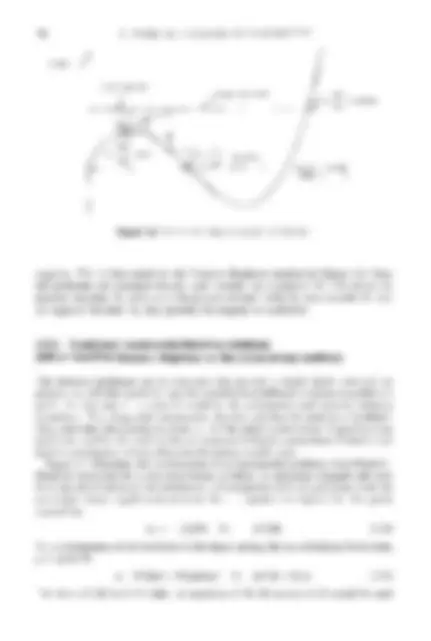
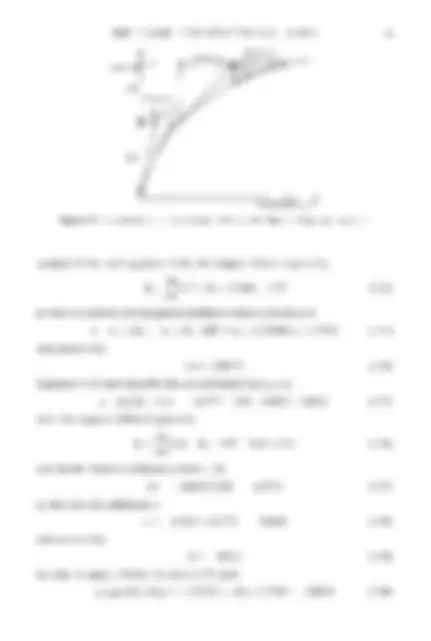
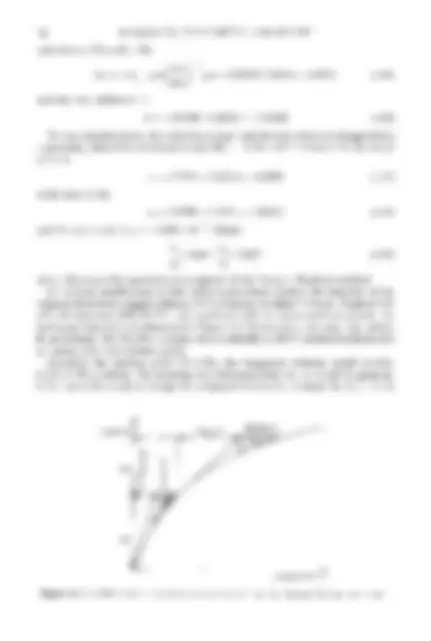
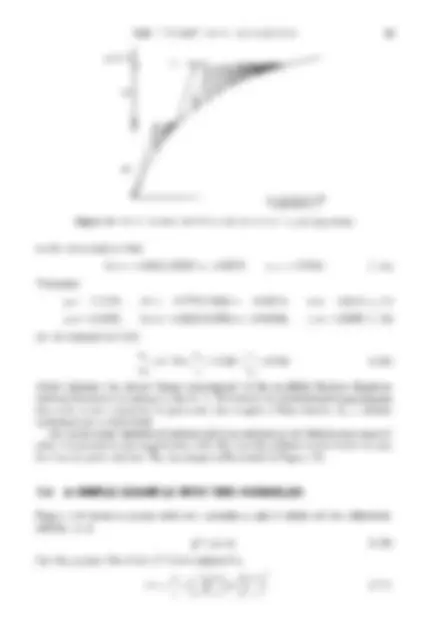
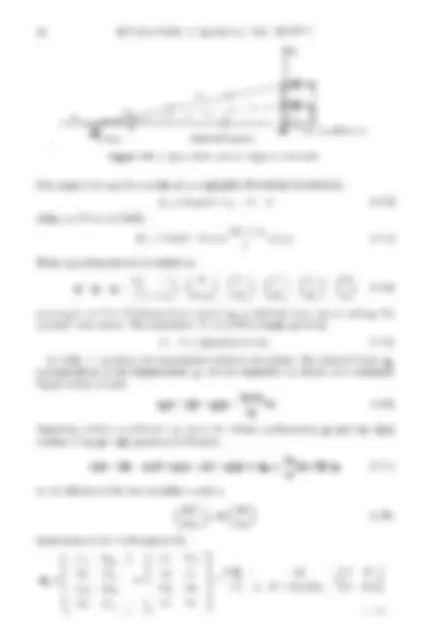
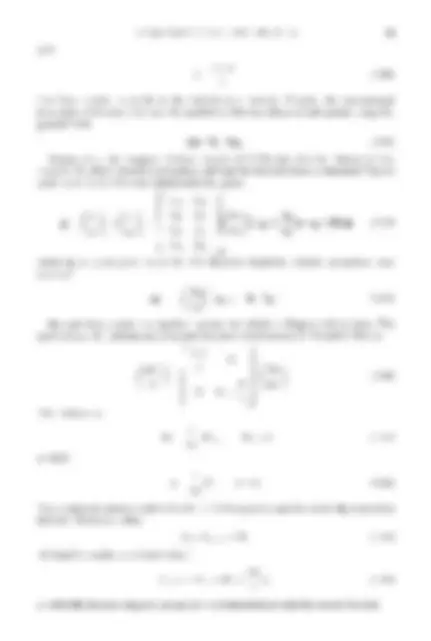
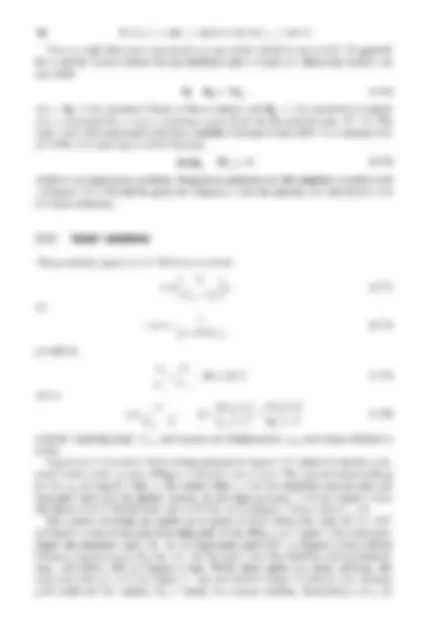
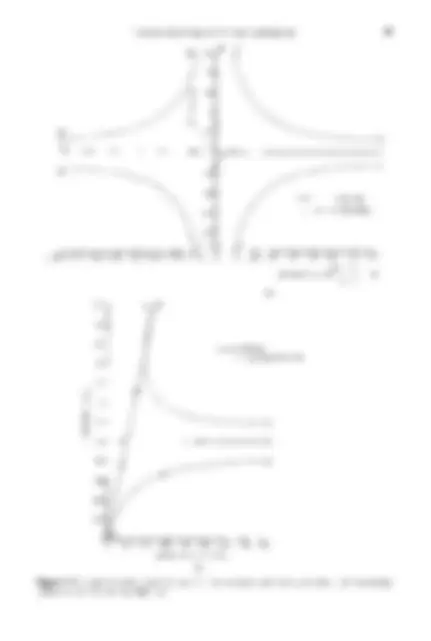
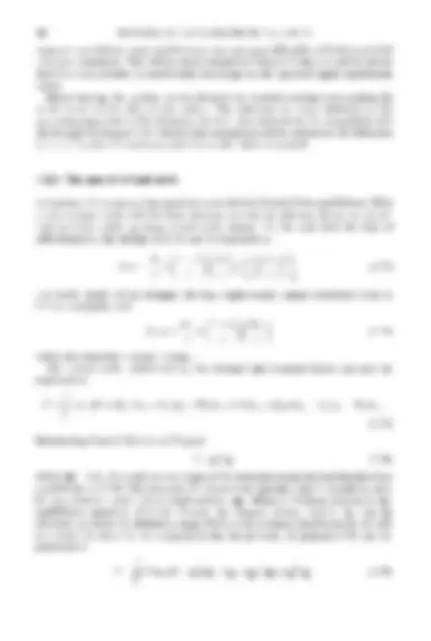
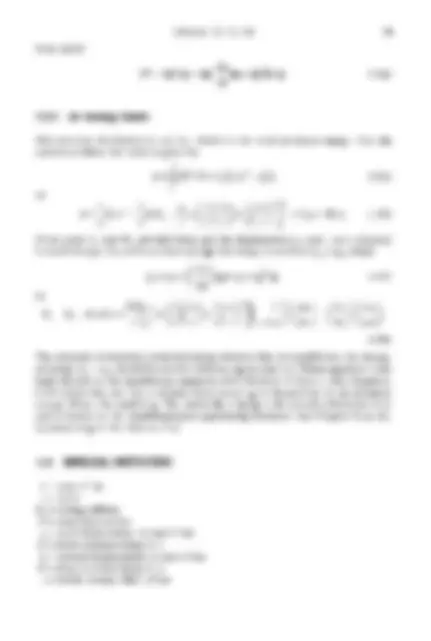
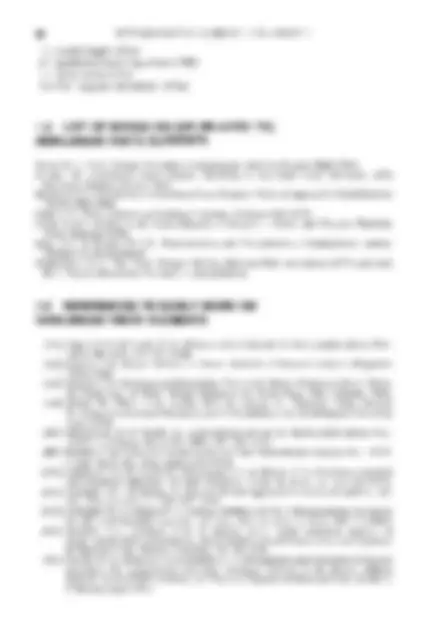
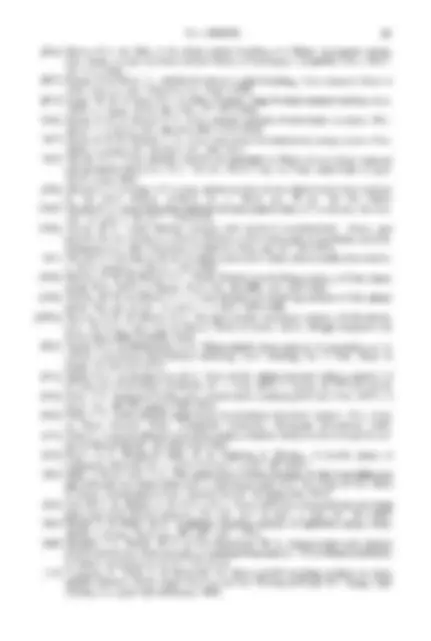

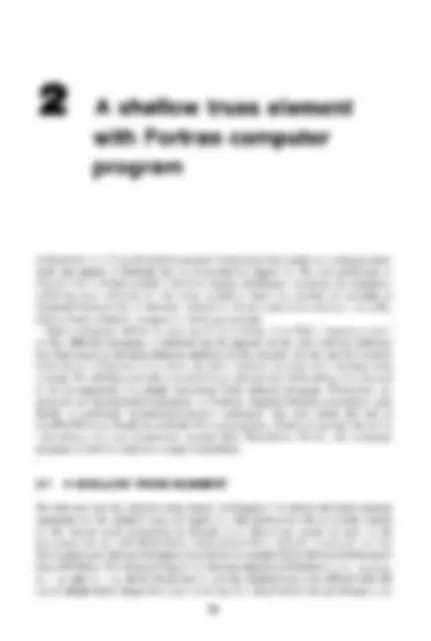
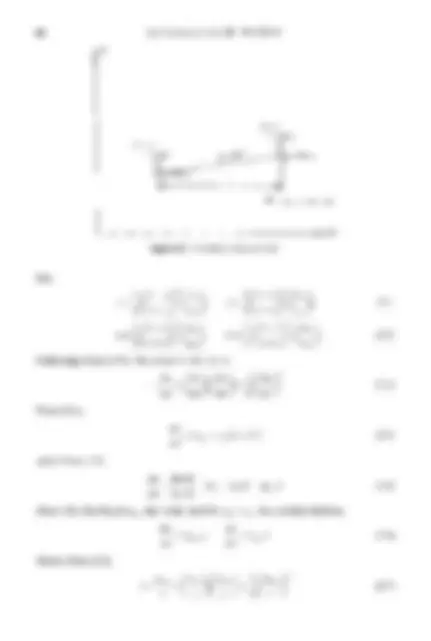
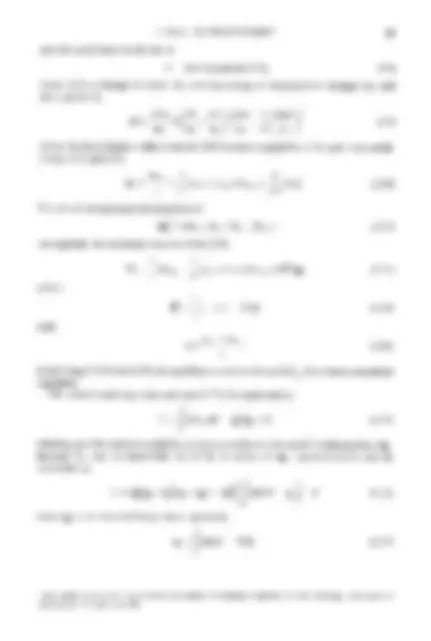
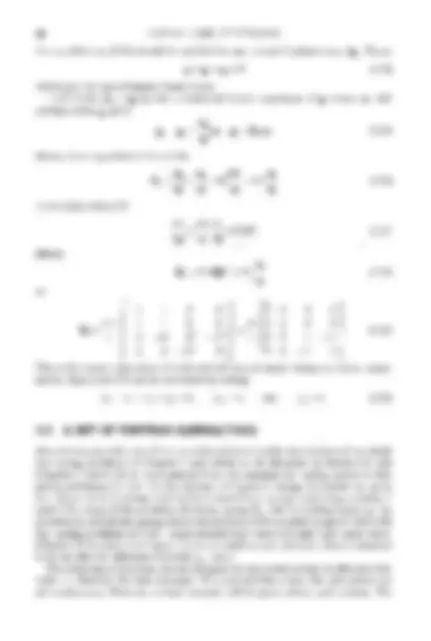
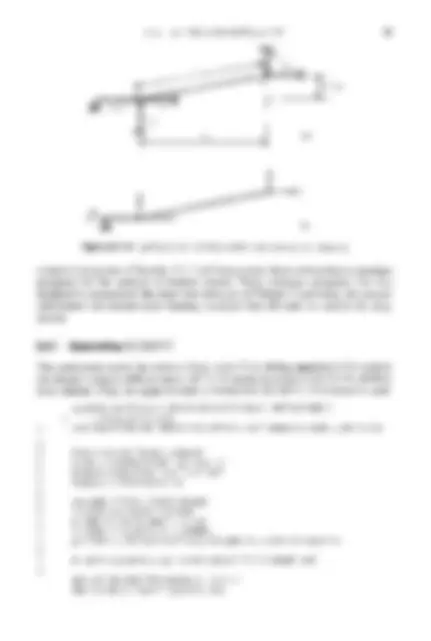

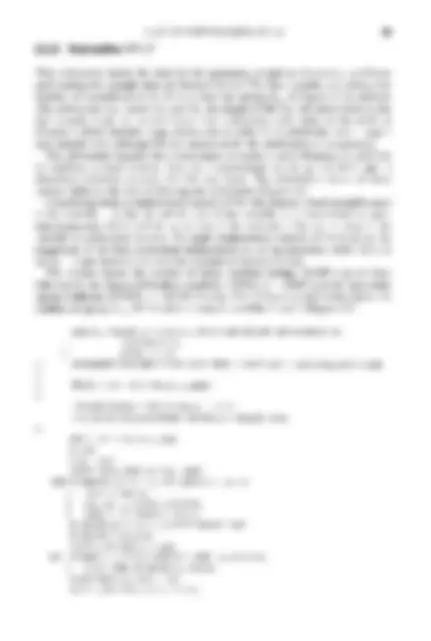
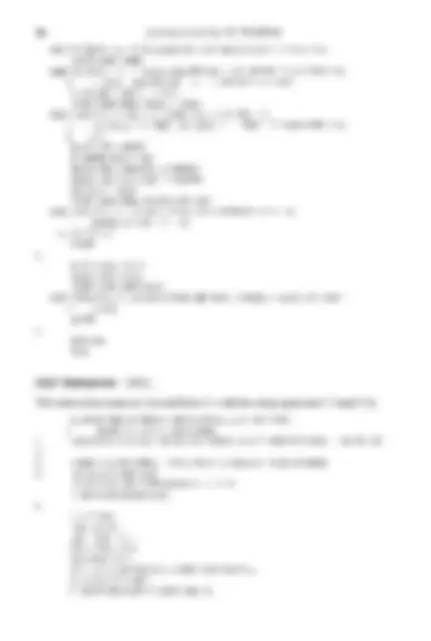

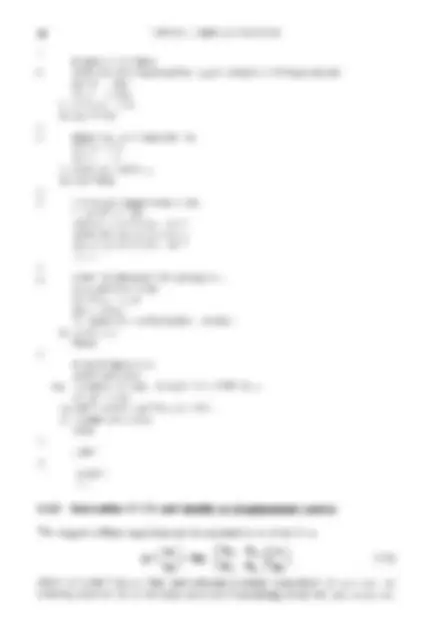
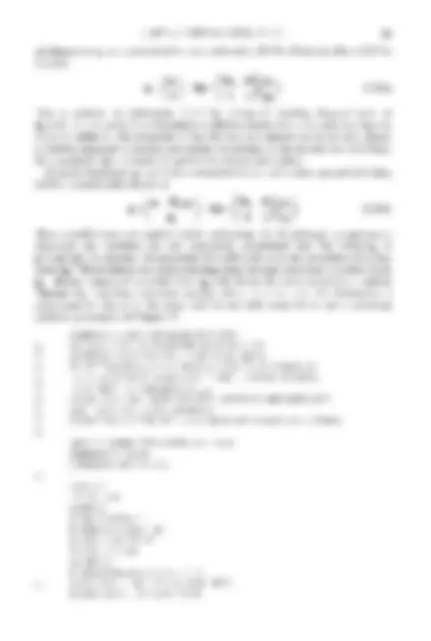
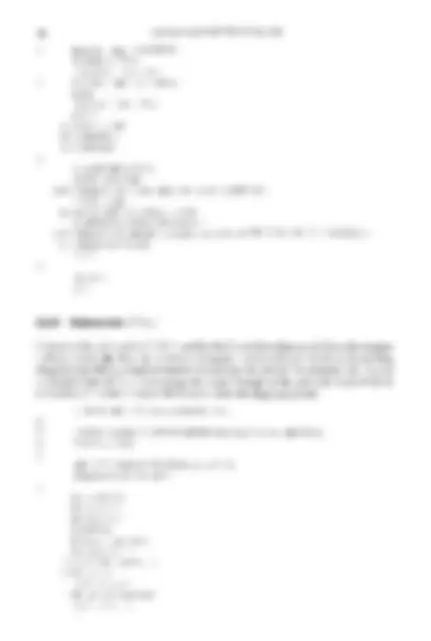
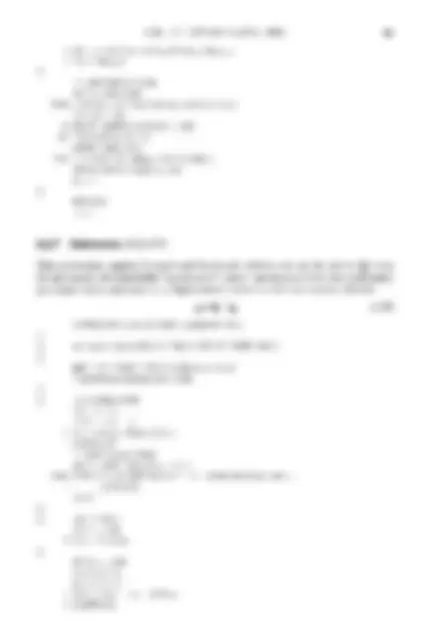
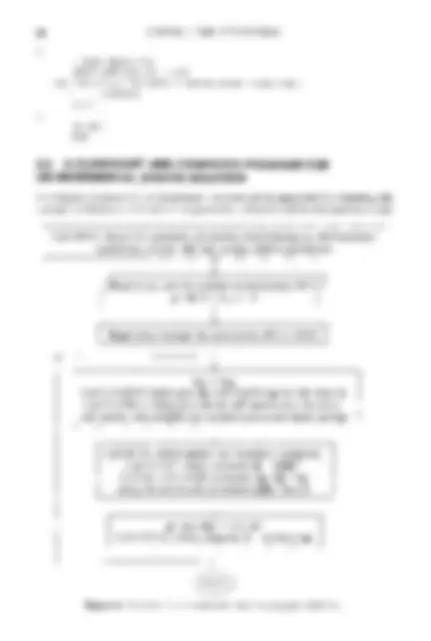
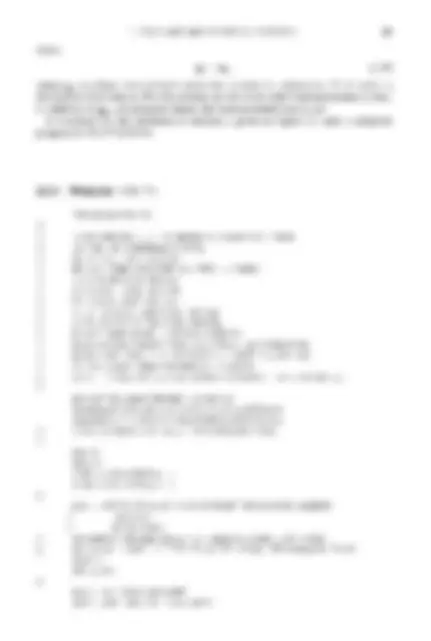
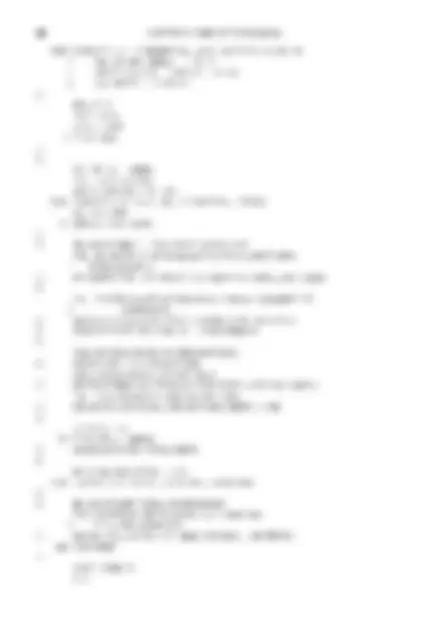
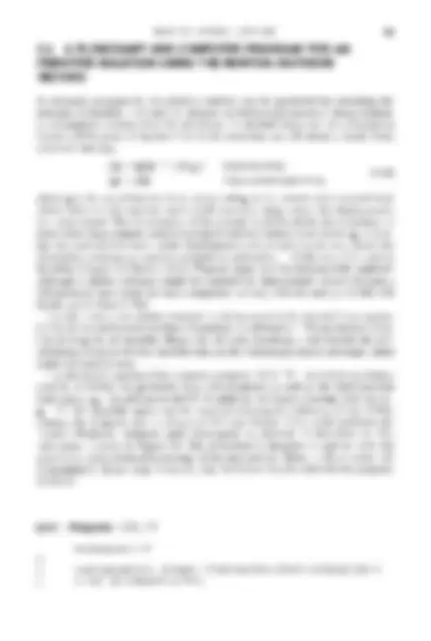
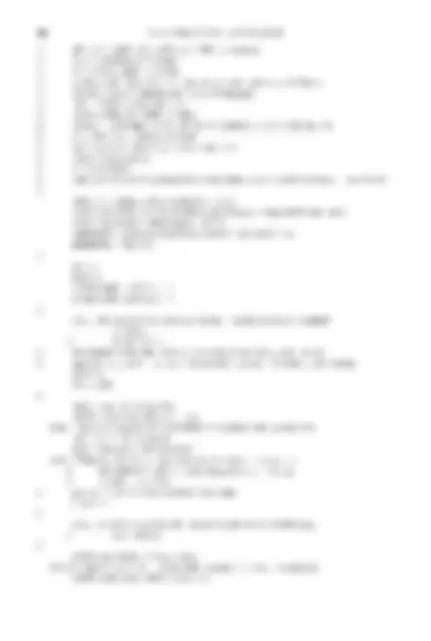
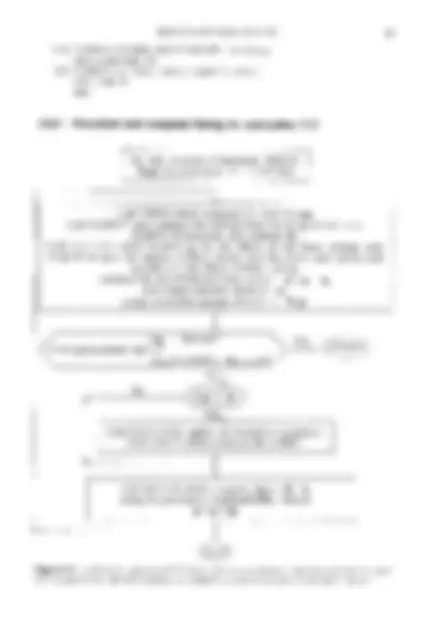
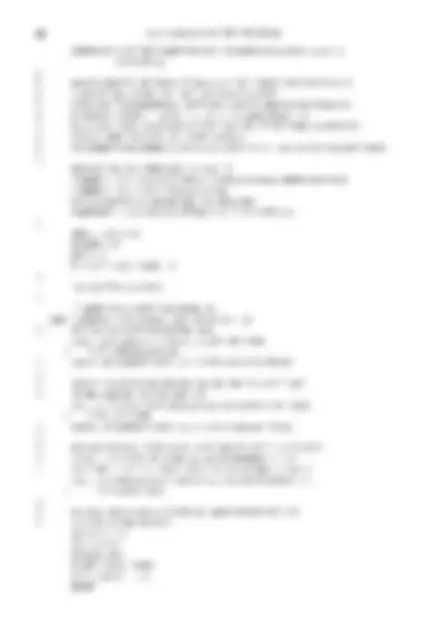
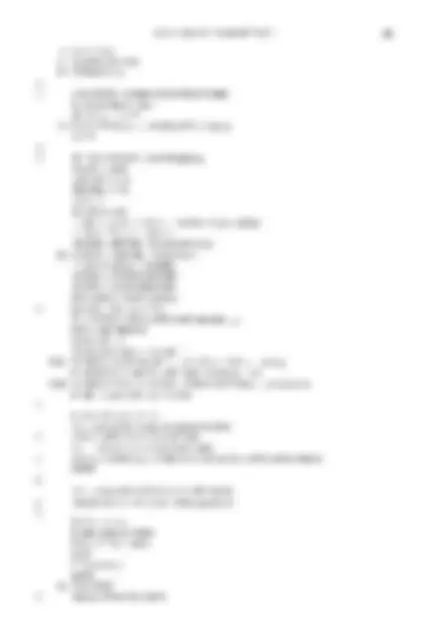
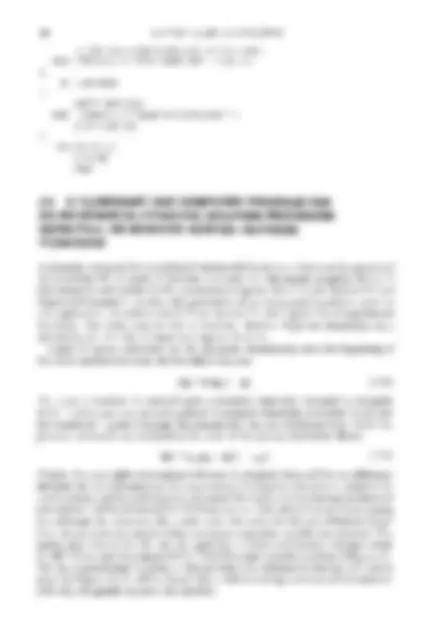
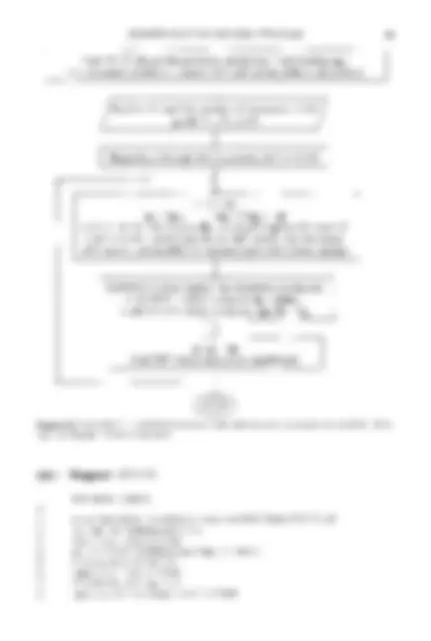
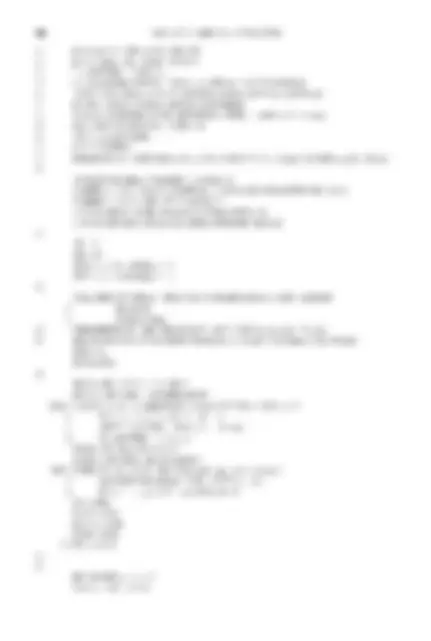
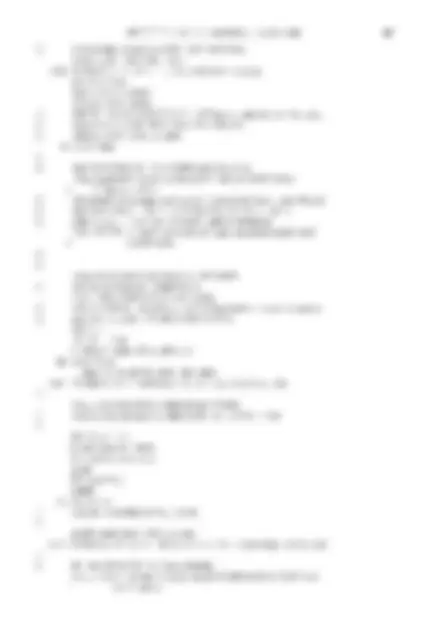
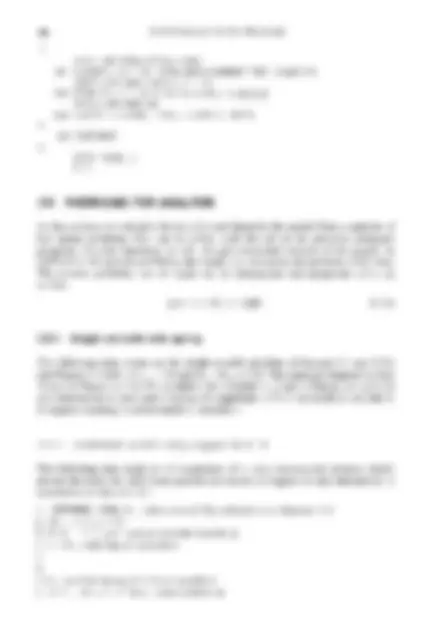
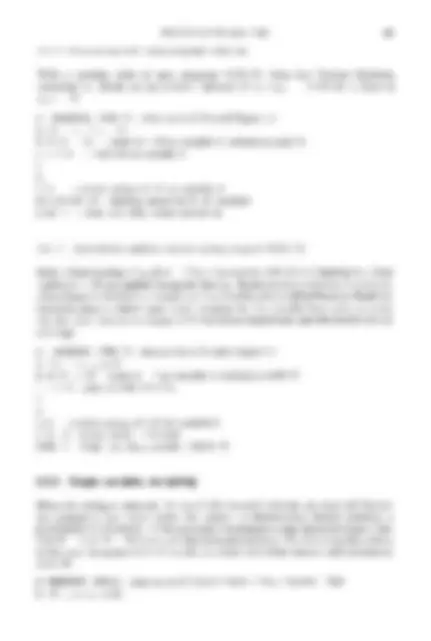
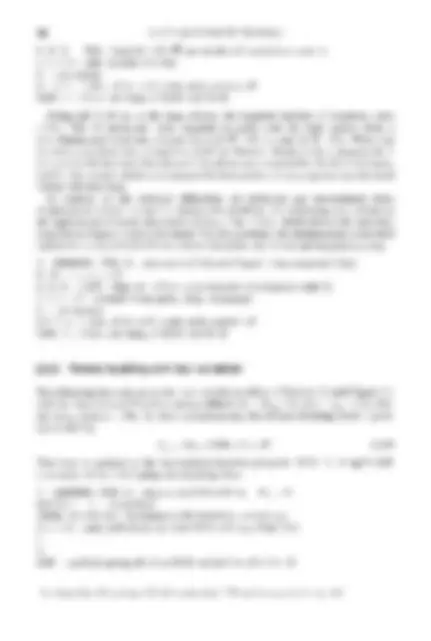
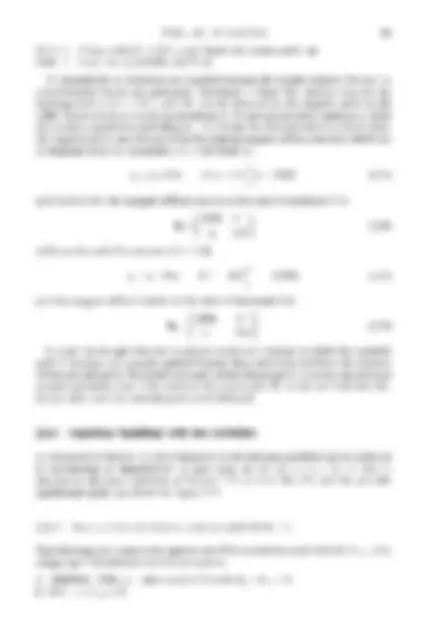
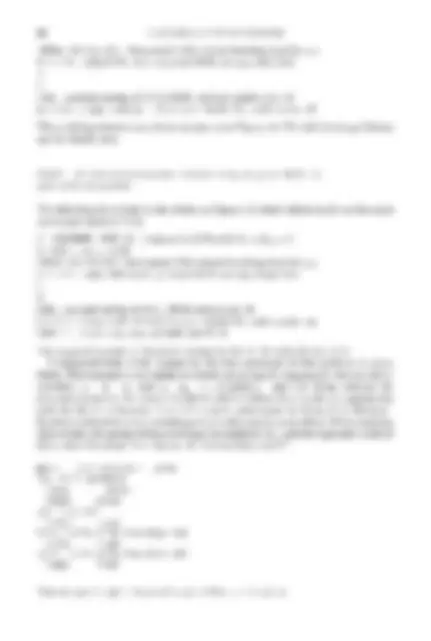
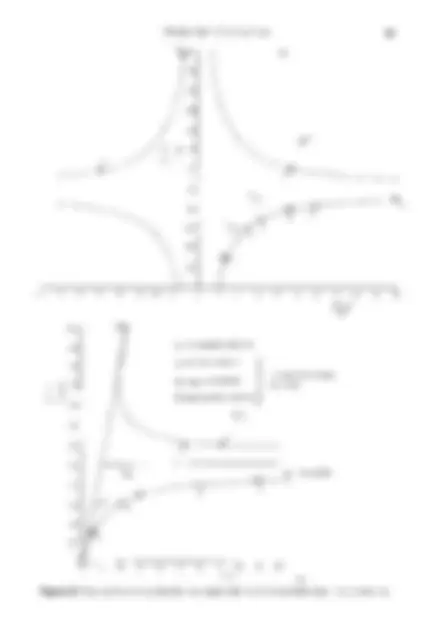
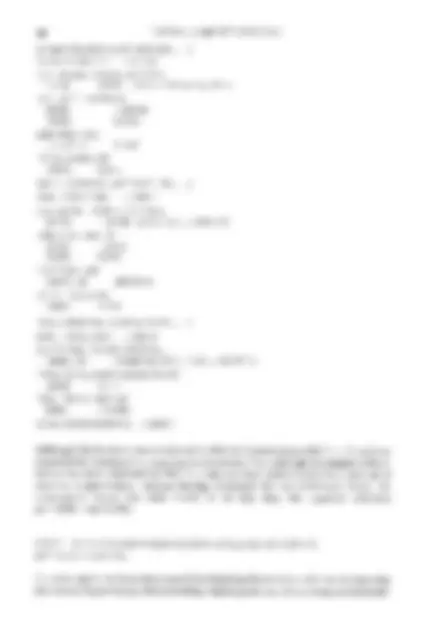
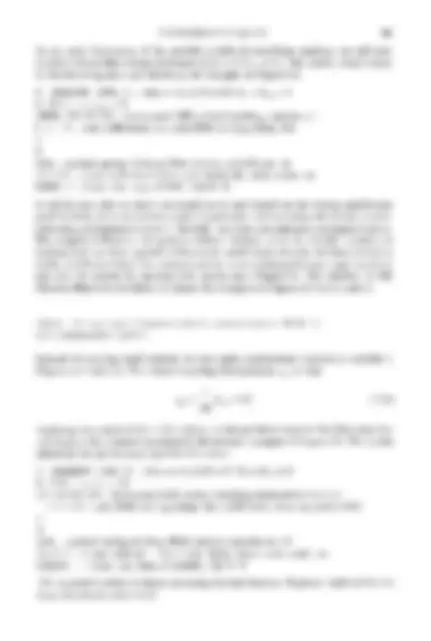
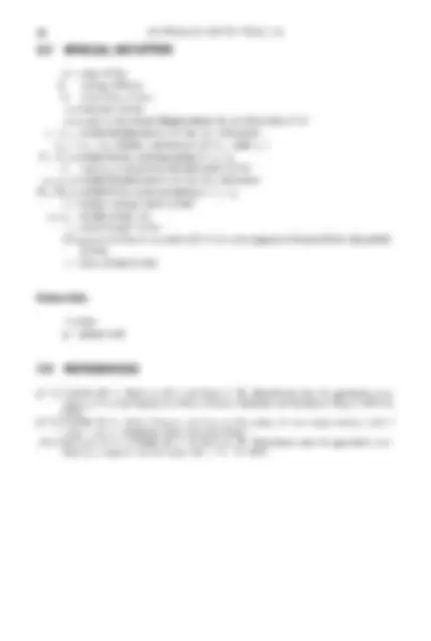
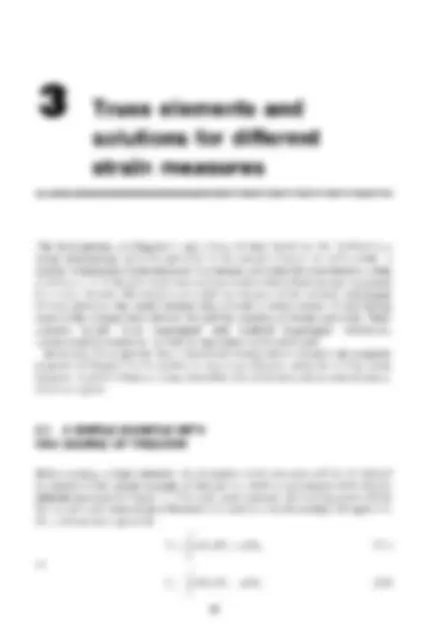
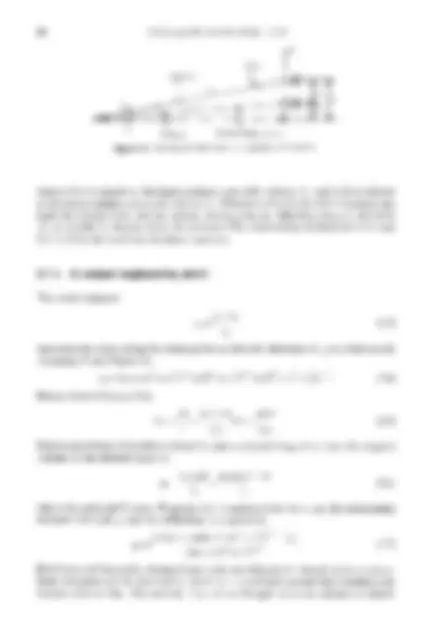

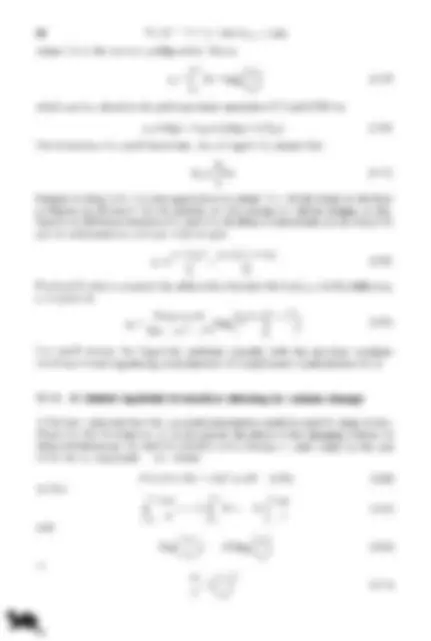
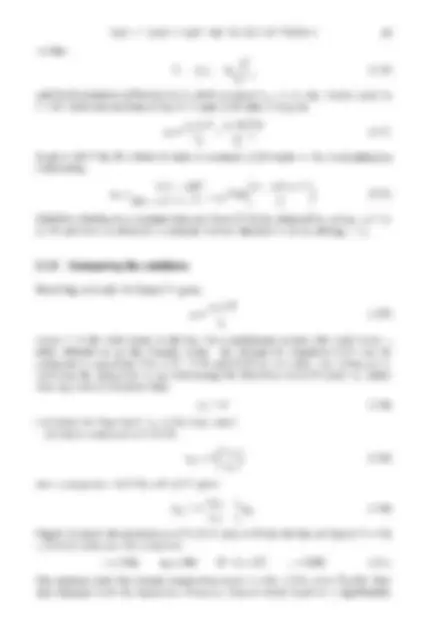
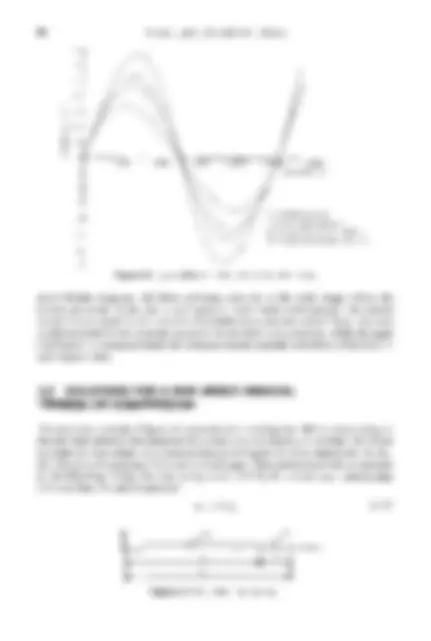
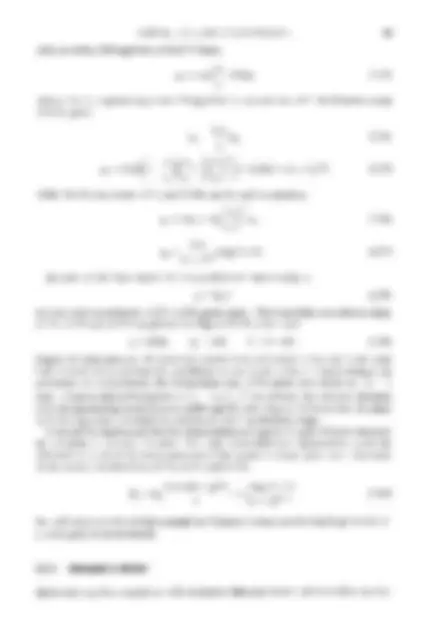
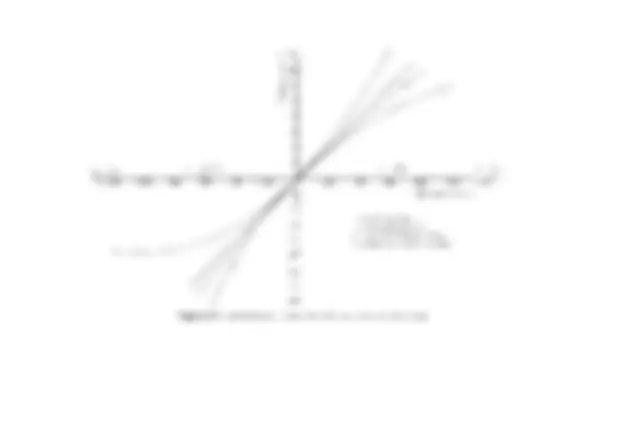
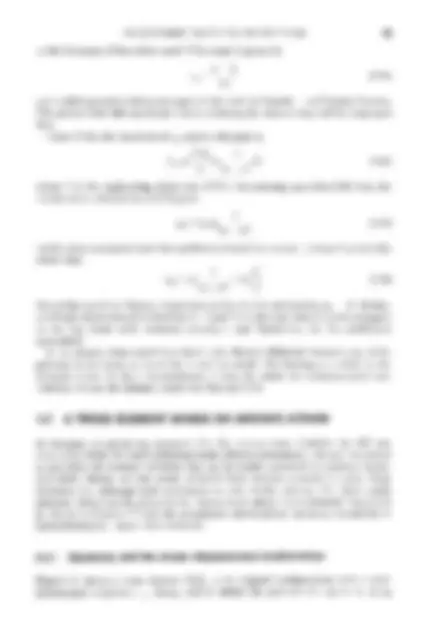
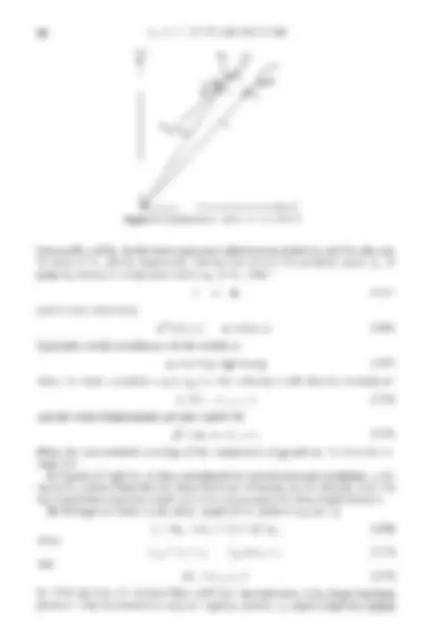

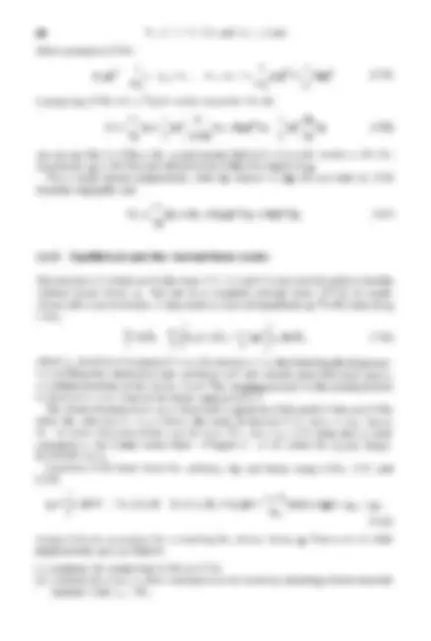
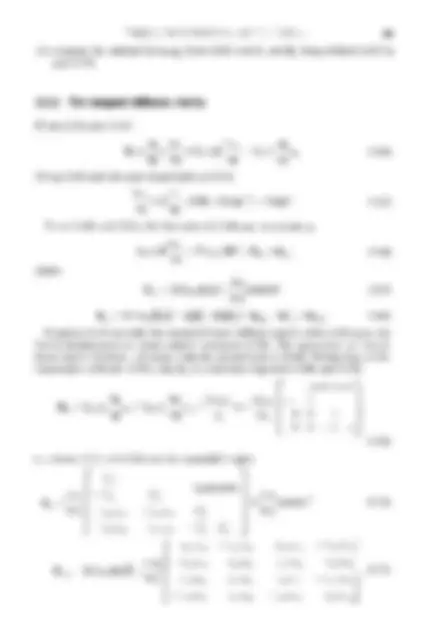
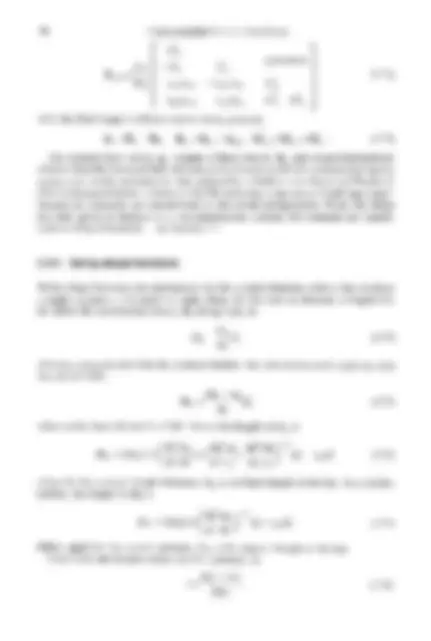


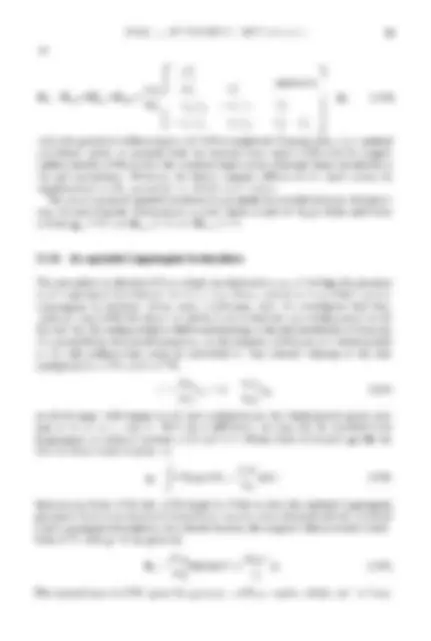
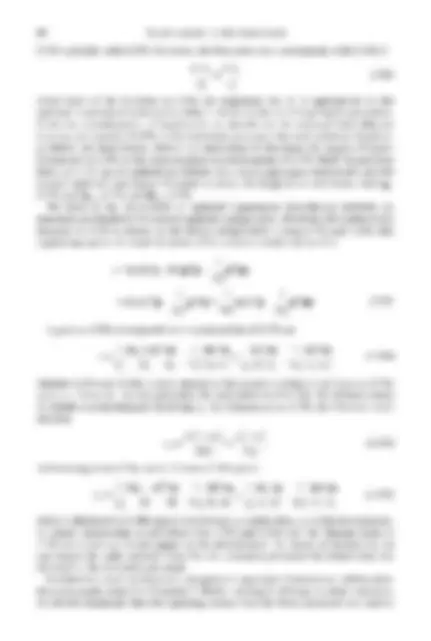
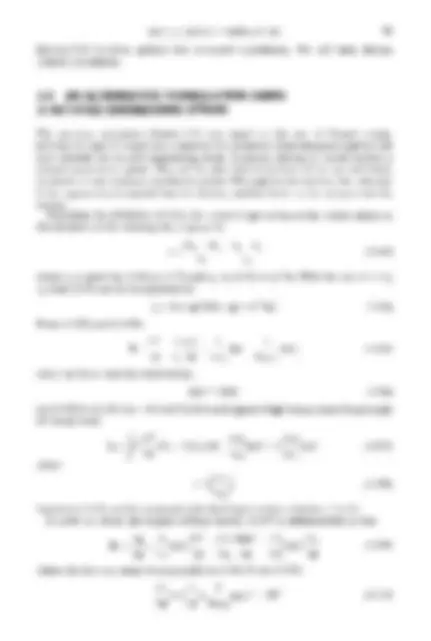
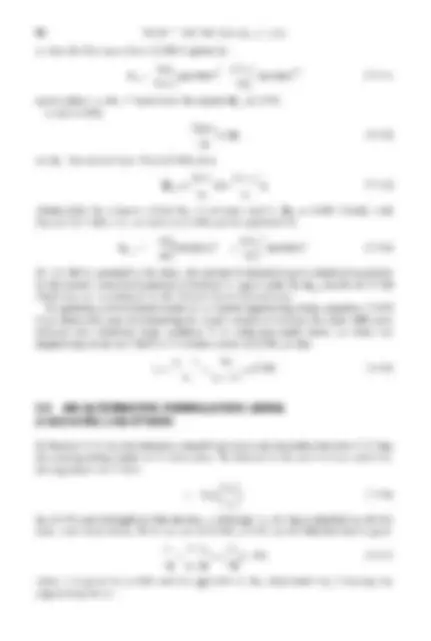
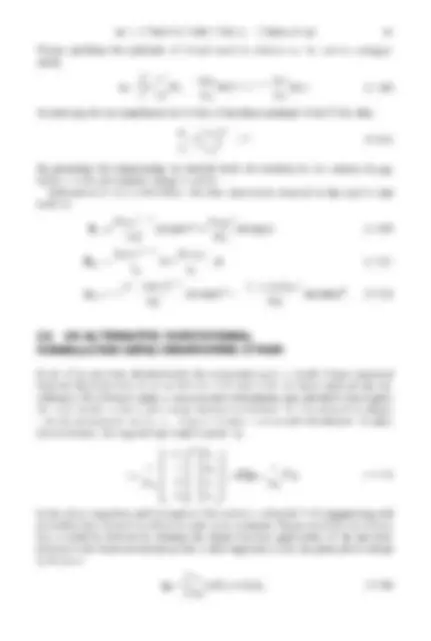
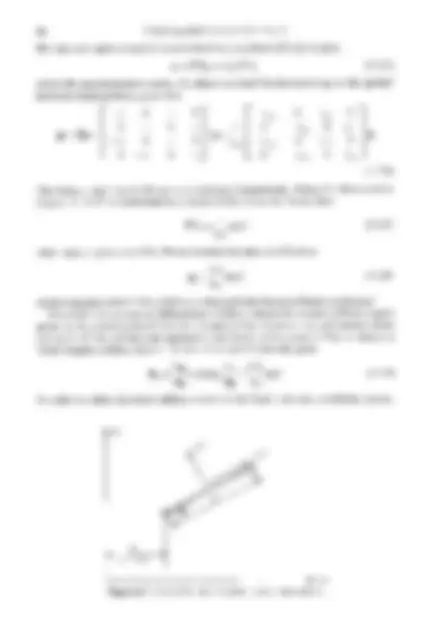
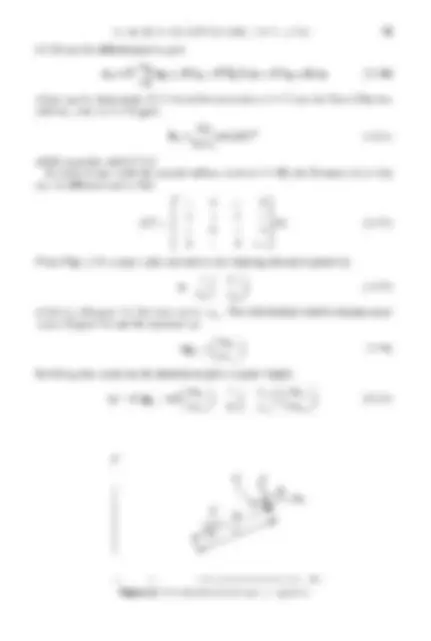
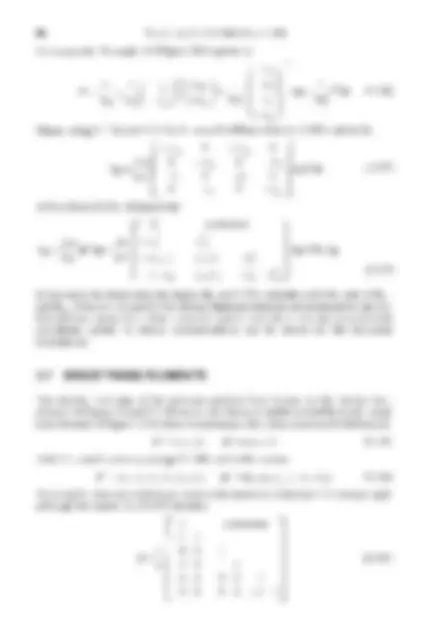
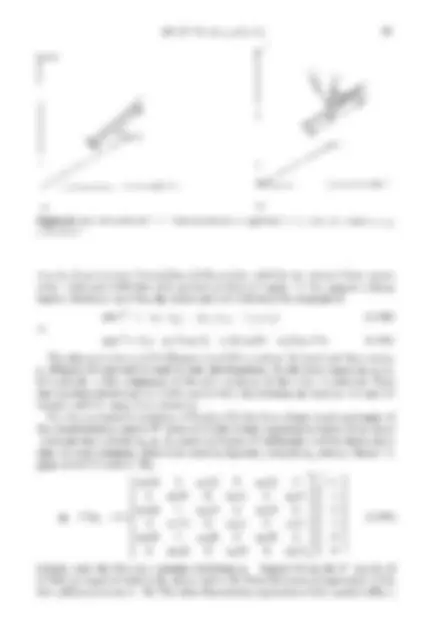
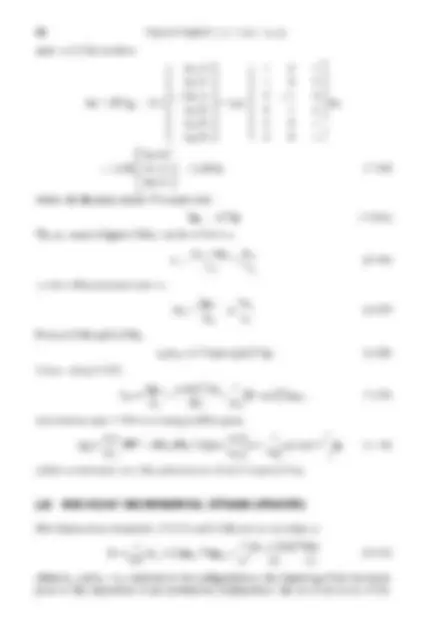
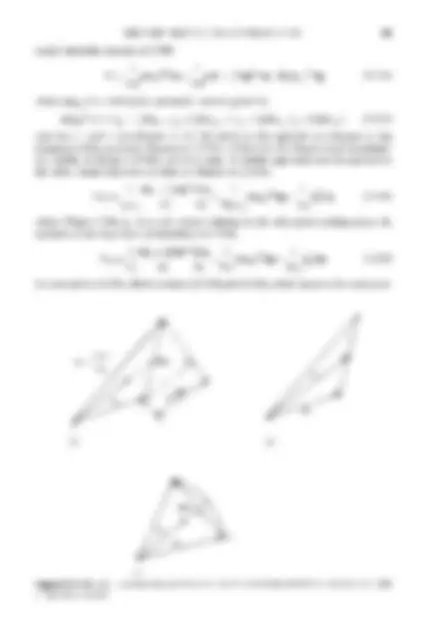
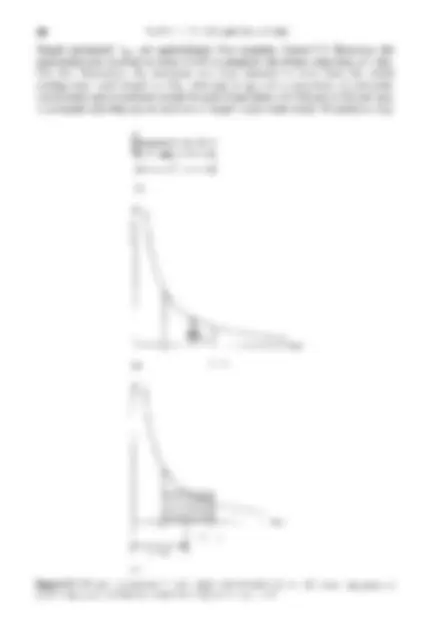
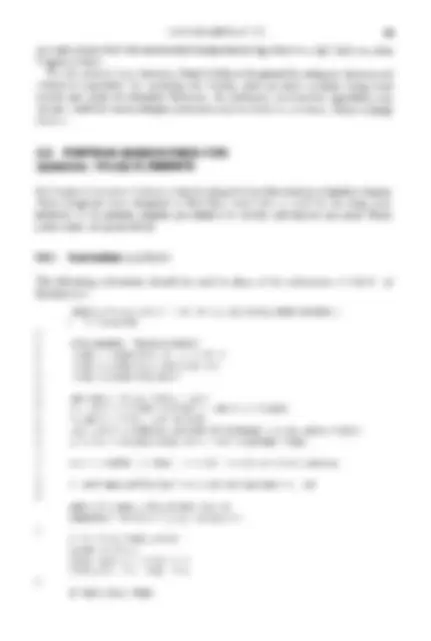


Study with the several resources on Docsity

Earn points by helping other students or get them with a premium plan


Prepare for your exams
Study with the several resources on Docsity

Earn points to download
Earn points by helping other students or get them with a premium plan
Community
Ask the community for help and clear up your study doubts
Discover the best universities in your country according to Docsity users
Free resources
Download our free guides on studying techniques, anxiety management strategies, and thesis advice from Docsity tutors
these books are good for study in finite element
Typology: Study notes
1 / 360

This page cannot be seen from the preview
Don't miss anything!





























































































~ ~ ~~ ~~
Bafins Lane, Chichester West Sussex PO19 IUD, England
Reprinted April 2000
All rights reserved.
No part of this book may be reproduced by any means. or transmitted, or translated into a machine language without the written permission of the publisher.
Other Wiley Editorial Offices
John Wiley & Sons, Inc., 605 Third Avenue, New York, NY 10158-0012, USA
Jacaranda Wiley Ltd, G.P.O. Box 859, Brisbane, Queensland 4001, Australia
John Wiley & Sons (Canada) Ltd, 22 Worcester Road, Rexdale, Ontario M9W 1 LI, Canada
John Wiley & Sons (SEA) Pte Ltd, 37 Jalan Pemimpin 05-04, Block B, Union Industrial Building, Singapore 2057
Library of Congress Cataloging-in-Publication Data:
Crisfield, M. A.
Crisfield.
p. cm. Includes bibliographical references and index. Contents: v. 1. Essentials. ISBN 0 471 92956 5 (v. I); 0 471 92996 4 (disk)
A catalogue record for this book is available from the British Library
Typeset by Thomson Press (India) Ltd., New Delhi, India Printed in Great Britain by Courier International, East Killbride
Contents
Preface
Notation
1 1 General introduction and a brief history 1 1 1 A brief history 1 2 A simple example for geometric non-linearity with one degree of freedom 1 2 1 An incremental solution 1 2 2 An iterative solution (the Newton-Raphson method) 1 2 3 Combined tncremental/iterative solutions (full or modified Newton-Raphson or the initial-stress method) 1 3 A simple example with two variables 1 3 1 ‘Exact solutions 1 3 2 1 3 3 An energy basis
List of books on (or related to) non-linear finite elements References to early work on non-linear finite elements
The use of virtual work
1 4 Special notation 1 5 1 6
2 1 A shallow truss element 2 2 A set of Fortran subroutines 2 2 1 Subroutine ELEMENT 2 2 2 Subroutine INPUT 2 2 3 Subroutine FORCE 2 2 4 Subroutine ELSTRUC 2 2 5 2 2 6 Subroutine CROUT 2 2 7 Subroutine SOLVCR
2 3 1 Program NONLTA 2 4 A flowchart and computer program for an iterative solution using the Newton-Raphson method 2 4 1 Program NONLTB 2 4 2 A flowchart and computer program for an incrementaViterative solution procedure using full or modified Newton-Raphson iterations 2 5 1 Program NONLTC
Subroutine BCON and details o n displacement control
Flowchart and computer listing for subroutine ITER 2 5
xiii
1 1 1 2 6 a
10 13 16 18 19
V
CONTENTS vii
Stress and strain St ress-st ra i n relationsh i ps 4 2 1 Plane strain axial symmetry and plane stress 4 2 2 Decomposition into vo,umetric and deviatoric components 4 2 3 An alternative expression using the Lame constants Transformations and rotations 4 3 1 Transformations to a new set of axes 4 3 2 A rigid-body rotation Green’s strain 4 4 1 Virtual work expressions using Green s strain 4 4 2 Work expressions using von Karman s non-linear strain-displacement relqtionships for a plate Almansi’s strain The true or Cauchy stress Summarising the different stress and strain measures The polar-decomposition theorem 4 8 1 Ari example Green and Almansi strains in terms of the principal stretches
5 1 1 Element formulation 5 1 2 The tangent stiffness matrix 5 1 3 Extension to three dimensions 5 1 4 An axisymmetric membrane
5 2 1 With dn elasto-plastic or hypoelastic material
Incremental formulation involving updating after convergence A total formulation for an elastic response An approximate incremental formulation
von Mises material under plane stress 6 3 1 Non-associative plasticity
viii CONTENTS
6 4 1 6 4 2 6 4 3 Kinematic hardening Von Mises plasticity in three dimensions 6 5 1 Splitting the update into volumetric and deviatoric parts 6 5 2 Using tensor notation
6 6 1 Crossing the yield surface 6 6 2 Two alternative predictors 6 6 3 Returning to the yield surface 6 6 4 Sub-incrementation 6 6 5 Generalised trapezoidal or mid-point algorithms 6 6 6 A backward-Euler return 6 6 7 The radial return algorithm a special form of backward-Euler procedure The consistent tangent modular matrix 6 7 1 Splitting the deviatoric from the volumetric components 6 7 2 A combined formulation
6 8 1 Plane strain and axial symmetry 6 8 2 Plane stress 6 8 2 1 A consistent tangent modular matrix for plane stress
Isotropic strain hardening Isotropic work hardening
6 9 1 Intersection point 6 9 2 6 9 3 Sub-increments 6 9 4 6 9 5 Backward-Euler return
A forward-Euler integration
Correction or return to the yield surface
6 9 5 1 General method 6 9 5 2 Specific plane-stress method 6 9 6 Consistent and inconsistent tangents 6 9 6 1 Solution using the general method 6 9 6 2 Solution using the specific plane-stress method
A backward-Euler or implicit formulation
A simple corotational element using Kirchhoff theory 7 2 1 Stretching 'stresses and 'strains 7 2 2 7 2 3 7 2 4 7 2 5 7 2 6 7 2 7 7 2 8 Some observations
The tangent stiffness matrix Introduction of material non-linearity or eccentricity Numerical integration and specific shape functions Introducing shear deformation Specific shape fur,ctions, order of integration and shear-locking
Bending 'stresses' and 'strains The virtual local displacements The virtual work The tangent stiffness matrix llsing shape functions Including higher-order axial terms
Flowchart and Fortran subroutine. for routine SCALUP 9 6 4 1 Fortran for routine SCALUP Flowchart and Fortran for subroutine NEXINC 9 6 5 1 Fortran for subroutine NEXINC
9 8 1 Cut-outS 9 8 2 Flowchart and Fortran for subroutine ACCEL 9 8 2 1 Fortran for subroutine ACCEL
9 9 1 The problems 9 9 2 9 9 3 9 9 4 9 9 5
Small-strain limit-point cxample with one variable (Example 2 2) Hardening problem with one variable (Example 3) Bifurcation problem (Example 4) Limit point with two variables (Example 5) Hardening solution with two variable (Example 6) Snap-back (Example 7) 9 10 Further work o n solution procedures
9 12 References
Appendix Lobatto rules for numerical integration
Subject index
Author index
Preface
This book was originally intended as a sequal to my book Finite Elements and Solution
Proc.t.dures,fhr Structural Anufysis, Vol 1 -Linear Analysis, Pineridge Press, Swansea,
‘advanced topics’. The latter is now largely drafted so there should be no further
changes in plan!
Some years back, I discussed the idea of writing a book on non-linear finite elements with a colleague who was much better qualified than I to write such a book. He
argued that it was too formidable a task and asked relevant but esoteric questions
such as ‘What framework would one use for non-conservative systems?’ Perhaps
foolishly, I ignored his warnings, but 1 am, nonetheless, very aware of the daunting
task of writing a ‘definitive work’ on non-linear analysis and have not even attempted
such a project.
Instead, the books are attempts to bring together some concepts behind the various
involvement has been on both the engineering and research sides with an emphasis on the production of practical solutions. Consequently, the book has an engineering rather than a mathematical bias and the developments are closely wedded to computer
applications. Indeed, many of the ideas are illustrated with a simple non-linear finite
element computer program for which Fortran listings, data and solutions are included
(floppy disks with the Fortran source and data files are obtainable from the publisher
by use of the enclosed card). Because some readers will not wish to get actively involved in computer programming, these computer programs and subroutines are
also represented by flowcharts so that the logic can be followed without the finer detail.
Before describing the contents of the books, one should ask ‘Why further books
on non-linear finite elements and for whom are they aimed?’ An answer to the first
question is that, although there are many good books on linear finite elements, there
are relatively few which concentrate on non-linear analysis (other books are discussed
in Section 1. I ). A further reason is provided by the rapidly increasing computer power
and increasingly user-friendly computer packages that have brought the potential
advantages of non-linear analysis to many engineers. One such advantage is the
ability to make important savings in comparison with linear elastic analysis by
allowing, for example, for plastic redistribution. Another is the ability to directly
x i
PREFACE xiii
then applied to a range of problems using truss elements to illustrate such responses
as limit points, bifurcations, ‘snap-throughs’ and ‘snap-backs’.
It is intended that Volume 2 should continue straight on from Volume 1 with, for
example, Chapter 10 being devoted to ‘more continuum mechanics’. Among the
subjects to be covered in this volume are the following: hyper-elasticity, rubber, large
strains with and without plasticity, kinematic hardening, yield criteria with volume
effects, large rotations, three-dimensional beams and rods, more on shells, stability
theory and more on solution procedures.
At the end of each chapter, we will include a section giving the references for that
chapter. Within the text, the reference will be cited using, for example, [B3] which
refers to the third reference with the first author having a name starting with the
letter ‘B’. If, in a subsequent chapter, the same paper is referred to again, it would
be referred to using, for example, CB3.41 which means that it can be found in the References at the end of Chapter 4.
We will here give the main notation used in the book. Near the end of each chapter
(just prior to the References) we will give the notation specific to that particular
chapter.
General note on matrix/vector and/or tensor notation
For much of the work in this book, we will adopt basic matrix and vector notation
where a matrix or vector will be written in bold. I t should be obvious, from the
context, which is a matrix and which is a vector.
In Chapters 4-6 and 8, tensor notation will also be used sometimes although, throughout the book, all work will be referred to rectangular cartesian coordinate systems (so that there are no differences between the CO- and contravariant compo- nents of a tensor). Chapter 4 gives references to basic work on tensors. A vector is a first-order tensor and a matrix is a second-order tensor. If we use the direct tensor (or dyadic) notation, we can use the same convention as for matrices
and vectors and use bold symbols. In some instances, we will adopt the suffix notation
whereby we use suffixes to refer to the components of the tensor (or matrix or vector). For clarity, we will sometimes use a suffix on the (bold) tensor to indicate its order.
These concepts are explained in more detail in Chapter 4, with the aid of examples.
Scalars
xiv PREFACE
I
Subscripts
Superscripts and special symbols
0 =tensor product (see equation (4.31))
General introduction, brief
history and introduction
to geometric non-linearity
1.1 GENERAL INTRODUCTION AND A BRIEF HISTORY
At the end of the present chapter (Section 1.5), we include a list of books either fully devoted to non-linear finite elements or else containing significant sections on the subject. Of these books, probably the only one intended as an introduction is the book edited by Hinton and commissioned by the Non-linear Working Group of NAFEMS (The National Agency of Finite Elements). The present book is aimed to start as an introduction but to move on to provide the level of detail that will generally not be found in the latter book. Later in this section, we will give a brief history of the early work on non-linear
chapter. References to more recent work will be given at the end of the appropriate chapters. Following the brief history, we introduce the basic concepts of non-linear finite
element analysis. One could introduce these concepts either via material non-linearity
(say, using springs with non-linear properties) or via geometric non-linearity. I have
decided to opt for the latter. Hence, in this chapter, we will move from a simple truss system with one degree of freedom to a system with two degrees of freedom. To simplify the equations, the ‘shallowness assumption’ is adopted. These two simple systems allow the introduction of the basic concepts such as the out-of-balance force vector and the tangent stiffness matrix. They also allow the introduction of the basic solution procedures such as the incremental approach and iterative techniques based on the Newton-Raphson method. These procedures are introduced firstly via the
equations of equilibrium and compatibility and later via virtual work. The latter
will provide the basis for most of the work on non-lineat finite elements.
1.1.1 A brief history
The earliest paper on non-linear finite elements appears to be that by Turner et ul. [T2] which dates from 1960 and, significantly, stems from the aircraft industry. The
1
present review will cover material published within the next twelve years (up to and
including 1972).
Most of the other early work on geometric non-linearity related primarily to the linear buckling problem and was undertaken by amongst others [H3, K I], Gallagher
et al. [G I , G21. For genuine geometric non-linearity, ‘incremental’ procedures were
originally adopted (by Turner et al. [T2] and Argyris [A2, A31) using the ‘geometric
stiffness matrix’ in conjunction with an updating of coordinates and, possibly, an
initial displacement matrix [Dl, M1, M31. A similar approach was adopted with
material non-linearity [Z2, M61. In particular, for plasticity, the structural tangent
stiffness matrix (relating increment of load to increments of displacement)incorporated
a tangential modular matrix [PI, M4, Y I , Z 1,221 which related the increments of
stress to the increments of strain.
Unfortunately, the incremental (or forward-Euler) approach can lead to an unquantifiable build-up of error and, to counter this problem, Newton-Raphson iteration was used by, amongst others, Mallet and Marcal [M I ] and Oden [Ol]. Direct energy search [S2,M2] methods were also adopted. A modified Newton-Raphson procedure was also recommended by Oden [02], Haisler c t al. [HI] and Zienkiewicz [Z2]. In contrast to the full Newton-Raphson method, the
stiffness matrix would not be continuously updated. A special form using the very
initial, elastic stiffness matrix was referred to as the ‘initial stress’ method [Zl] and
much used with material non-linearity. Acceleration procedures were also considered
“21. The concept of combining incremental (predictor) and iterative (corrector)
methods was introduced by Brebbia and Connor [B2] and Murray and Wilson
[M8, M9] who thereby adopted a form of ‘continuation method’. Early work on non-linear material analysis of plates and shells used simplified methods with sudden plastification [AI,BI]. Armen p t al. [A41 traced the
elasto-plastic interface while layered or numerically integrated procedures were
adopted by, amongst others, Marcal c’t al. [M5, M7] and Whang [Wl] combined
material and geometric non-linearity for plates initially involved ‘perfect elasto-plastic buckling’ [Tl, H21. One of the earliest fully combinations employed an approximate approach and was due to Murray and Wilson [MlO]. A more rigorous ‘layered approach’ was applied to plates and shells by Marcal [M3, M51, Gerdeen et ul. [G3] and Striklin et nl. [S4]. Various procedures were used for integrating through the
depth from a ‘centroidal approach’ with fixed thickness layers [P2] to trapezoidal
[M7] and Simpson’s rule [S4]. To increase accuracy, ‘sub-increments’were introduced for plasticity by Nayak and Zienkiewicz [NI]. Early work involving ‘limit points‘ and ‘snap-through’ was due to Sharifi and Popov [S3] and Sabir and Lock [Sl].
Figure l.l(a) shows a bar of area A and Young’s modulus E that is subject to a load W so that it moves a distance U’. From vertical equilibrium,
N(z + M’) (^) - N(z + NI) W = N sin 0 = -
and, from ( 1 .l), the relationship between the load Wand the displacement, w is given by
E A W = ~ - (z2w + gzw2 + iw”. 1 3
This relationship is plotted in Figure 1.2(a). If the bar is loaded with increasing - W,
at point A (Figure 1.2(a)), it will suddenly snap to the new equilibrium state at point
C. Dynamic effects would be involved so that there would be some oscillation about
the latter point. Standard finite element procedures would allow the non-linear equilibrium path to be traced until a point A’ just before point A, but at this stage the iterations would probably fail (although in some cases it may be possible to move directly to point
C-see Chapter 9). Methods for overcoming this problem will be discussed in
Chapter9. For the present, we will consider the basic techniques that can be used for the equilibrium curve, OA’. For non-linear analysis, the tangent stiffness matrix takes over the role of the
stiffness matrix in linear analysis but now relates small changes in load to small
changes in displacement. For the present example, this matrix degenerates to a scalar
dW/dw and, from ( l. l ) ,^ this quantity is given by
d W ( z + w ) d N N
K , = E - -
1
(1.10)
Equation (1.6) can be substituted into (1.10)so that K , becomes a direct function
of the initial geometry and the displacement w. However, there are advantages in
maintaining the form of (1.10) (or (1.9)), which is consistent with standard finite
element formulations. If we forget that there is only one variable and refer to the
constituent terms in (1.10) as ‘matrices’, then conventional finite element terminology
would describe the first term as the linear stiffness matrix because it is only a function
of the initial geometry. The second term would be called the ‘initial-displacement’ or
‘initial-slope matrix’ while the last term would be called the ‘geometric’ or ‘initial-stress
matrix’. The ‘initial-displacement’ terms may be removed from the tangent stiffness
matrix by introducing an ‘updated coordinate system’ so that z ’ = z + w. In these
circumstances, equation (1.9) will only contain a ‘linear’ term involving z’ as well as
the ‘initial stress’ term. The most obvious solution strategy for obtaining the load-deflection response
OA’ of Figure 1.2(a)is to adopt ‘displacement control’ and, with the aid of (1.7) (or (1.6)
and (1.1))’ directly obtain W for a given w. Clearly this strategy will have no difficulty with the ‘local limit point’ at A (Figure 1.2(a)) and would trace the complete
equilibrium path OABCD. For systems with many degrees of freedom, displacement
control is not so trivial. The method will be discussed further in Section 2.2.5. For
the present we will consider load control so that the problem involves the computation
of w for a given W.
- w
E A
" 1 0.2 0.4 0.6 0.8 1.0, 1.2 1.4 1.6 1.8 2.0 2.2 2.4 2.
~-
(b)
(a) Response for bar alone. (b) Set of responses for bar-spring system.